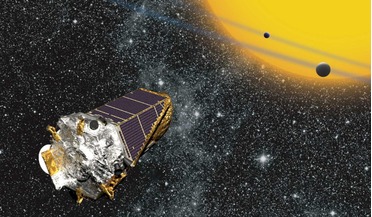 17 June 2020
Six billion Earth-like planets could be in our galaxy, new study says
17 June 2020
Six billion Earth-like planets could be in our galaxy, new study says
...Sun-like (G-type) stars. It also has to orbit in the habitable zones of its star--the range of distances from a star in which ...frequency of Earth-like planets range from roughly 0.02 potentially habitable planets per Sun-like star, to more than one ...
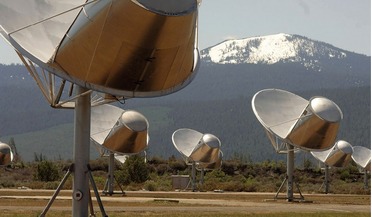 August 2020
Interstellar aspirations
August 2020
Interstellar aspirations
... Centauri, the small red dwarf star in the nearby Alpha Centauri system. The planet orbits in the habitable zone of that star, meaning that it could have liquid water on its surface and could support life as we know...
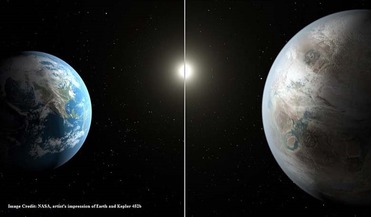 23 July 2015
Exoplanet Kepler 452b and what the search for a real life “Another Earth” means for human self-perception
23 July 2015
Exoplanet Kepler 452b and what the search for a real life “Another Earth” means for human self-perception
... may very well have that. Crucially, Kepler 452b has spent billions of years orbiting within a so-called habitable zone around its star – meaning it’s not too close, and hence too hot, and not too far...
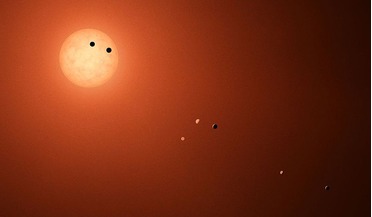 19 May 2017
Exoplanets galore and possibly the next Trappist-1 system?
19 May 2017
Exoplanets galore and possibly the next Trappist-1 system?
... mass exoplanet while the signal at a period of about 330 d probably correspond to a Neptune-like planet located in the habitable zone of its host star, say the team. Intriguingly, the team, whose lead author of the research is F. Feng...
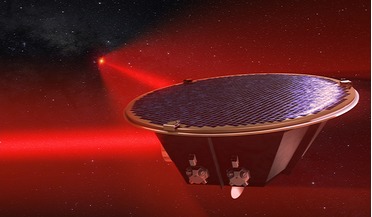 21 June 2017
LISA gets green light from ESA
21 June 2017
LISA gets green light from ESA
... of extrasolar planetary systems, in particular those that mirror our own solar system i.e terrestrial-type planets in the habitable zone around solar-like stars.
 15 November 2017
Earth-mass temperate exoplanet found close by
15 November 2017
Earth-mass temperate exoplanet found close by
...scientists involved in the project are uncertain as to whether the planet lies inside, outside, or on the edge of the habitable zone where liquid water may exist on a planet’s surface. “This discovery is based on more than a decade of HARPS intensive...